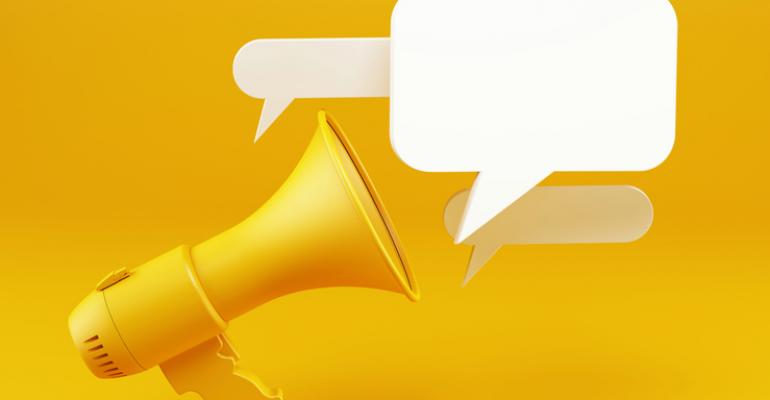Busy meeting planners invest thousands of hours creating memorable events by paying attention to every little detail—but how do you get (and keep) your audience’s attention?
Every event needs a BDA—that’s my fancy way of saying “before, during, and after”—process. And every B, D, and A has two vital elements for getting your audience’s attention: how you engage and the environment you create
How does that play out in the real world? I interviewed meeting planners, marketing coordinators, and professional speakers to find out.
Before Your Event
Engage
• Leverage your presenter relationships. Keynote speaker and author Tami Evans encourages all meeting planners to work closely with your speakers to help deepen their knowledge of your audience and industry. She says a great question for meeting planners to ask speakers in the pre-event call is, “What did you do to prepare for our call today?” Put your speakers on notice, she says. They are a partner in your event.
Christine Brandon, national sales and marketing coordinator with Atlific Hotels, says, “The engagement starts before the keynote. Audience members participate more when they already have a bit of knowledge about the speaker’s topic and come prepared with questions. If the audience feels like they know the speaker, they will be more comfortable and get more out of the topic.”
• Leverage social media. Long before your event, use your social media channels to allow attendees to contribute to conversations, ask questions about the event, and get to know your speakers. For example, The DiJulius Group asks all the keynote speakers for its annual Customer Service Revolution event to participate in a Facebook Live interview with one of its leadership team. See an example here.
You also can get attendees’ attention by providing testimonials, such as this example from Social Media Marketing World, an event hosted by Social Media Examiner. Attendees listen to what their peers share.
Environment
• Leverage your space. Jim Kelley, vice president of marketing and industry relations with PRG, says, “Ensure that the physical space is appropriate for the length of session and the content. Consider mixed seating options and be sure to include stand-up tables.”
• Consider hiring an emcee. A talented emcee (or opening speaker) can create group dynamics that will keep your audience’s attention, says Mike Ganino, who is a speaker and performance coach for TEDx Cambridge.
• Conduct speaker training and coaching. Jim Kelley says, “While every industry has its rock stars, not all are great speakers in a meeting environment. Training will make a significant impact on a speaker’s ability to keep the audience’s attention.”
During Your Event
Engage
• Schedule networking and connection breaks. Audience members will want to check their phones, return emails, have bio breaks, and catch up with friends they might only see once a year. Don’t jam-pack your agenda! Attention is all about connection—leave time for it.
• Design for the attention-deficient brain. Erin Gargan, speaker and owner of live event social media experts company Socialite Agency, says, “Meeting planners know that you are competing with people wanting to check their phone every 30 seconds.”
• Consider the room temperature. At the Nonprofit Storytelling Conference, they keep rooms cooler and offer conference-branded blankets to anyone who feels a chill, says Marc Pitman, speaker and CEO of the Concord Leadership Group.
After Your Event
Engage
• Share success stories on social media. Publish photos and encourage attendees to tag themselves, and share links to tools and slides provided by industry experts and presenters.
• Publish video compilations. Tami Evans and Christine Cashen are notorious for creating video compilations set to a popular song every year at their annual industry event, the National Speakers Association Winter Conference. Videos like this one are published across all social media platforms and shared widely.
What ideas would you add to this list?
Despite what you may have heard, the attention span of our audience is not decreasing—and it’s not the same as a goldfish. It is, however, much more divided than it used to be. It’s up to meeting professionals to grab it and keep it for the duration of your event. These strategies will help.
Keep an eye out next week for more ideas on how you can get and keep the audience’s attention by working more closely with your speakers, presenters, panelists, and industry experts.





